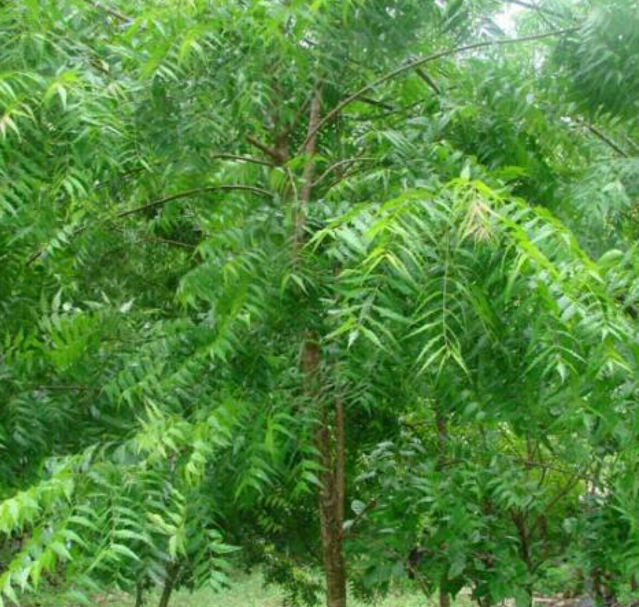Product Detail
Wild flowering trees
1.Cherry Blossom (Prunus serrulata):
- Origin Country: Japan and other parts of East Asia.
- Description: Known for their delicate pink or white blossoms, cherry trees bloom in the spring, creating a breathtaking spectacle in many parts of the world.
- Edibility: Some cherry varieties produce edible fruit, while others primarily serve ornamental purposes.
- Notable Locations: The annual cherry blossom festivals in Japan are famous for celebrating the beauty of these trees.
2.Jacaranda (Jacaranda mimosifolia):
- Origin Country: South America, particularly Argentina and Brazil.
- Description: Jacaranda trees are known for their vibrant purple-blue flowers. They often bloom in clusters and are commonly seen in tropical and subtropical regions.
- Edibility: Jacaranda flowers are not typically consumed but are admired for their beauty.
- Notable Locations: Jacaranda trees are often found in cities like Pretoria, South Africa, and Los Angeles, USA, where they add a splash of color to the urban landscape.
3.Dogwood (Cornus spp.):
- Origin Country: Various species are native to North America, Europe, and Asia.
- Description: Dogwood trees produce showy white or pink flowers in the spring, often surrounded by distinctive, petal-like bracts. They are beloved for their ornamental value.
- Edibility: Some species produce edible fruits, known as dogwood berries, which are used in jams and jellies.
- Notable Locations: Dogwood trees are commonly found in forests and landscapes in their native regions.
4.Sakura (Prunus serrulata):
- Origin Country: Japan and other parts of East Asia.
- Description: Sakura, or cherry blossoms, are iconic in Japan and symbolize the transient beauty of life. They have pink or white petals and bloom en masse in the spring.
- Edibility: While some cherry varieties produce edible fruit, sakura itself is not typically consumed.
- Notable Locations: Sakura viewing (hanami) is a cherished cultural tradition in Japan.
5.Laburnum (Laburnum anagyroides):
- Origin Country: Europe, particularly in the Mediterranean region.
- Description: Laburnum trees produce stunning cascades of yellow, pea-like flowers in the spring, creating a visual spectacle.
- Edibility: The seeds and pods of the laburnum tree are toxic and should not be consumed.
- Notable Locations: Laburnum trees are often seen in gardens and urban areas for their striking appearance.
Price: $5.00
